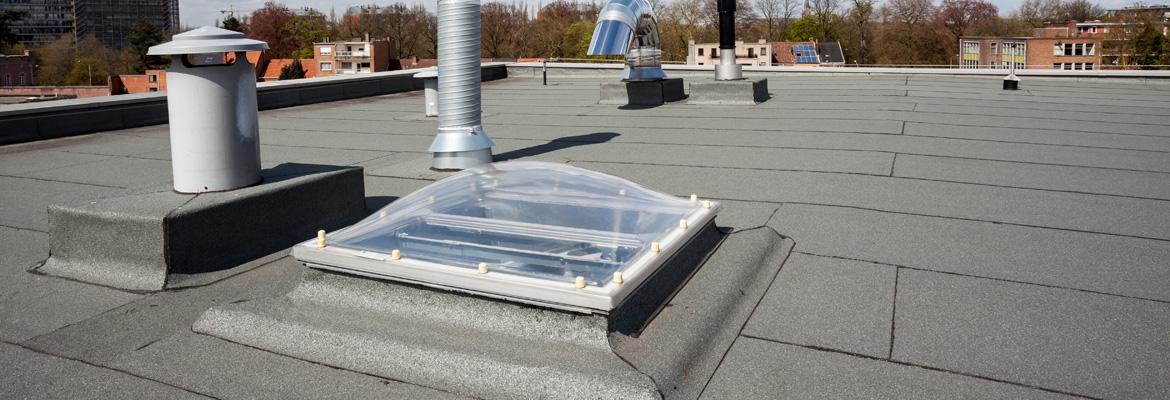Glossary
1-ply roof: A flexible membrane protects your roof from the outside elements. Typically these roofs are installed for commercial buildings.
Air flow: Proper circulation of air is necessary for your home or building. A structure with good air flow will be able to better regulate the temperature and moisture level, which prevents wood from becoming rotten, mold forming and helps reduce energy costs.
Built-in gutters: Concealed from the exterior of the building, these sorts of gutters are commonly found on classic/heritage style houses. While they offer certain visual benefits for design, they still must be regularly inspected and cleaned of debris.
BUR (Built-up roof): A roof that uses several layers of material to build insulation. These kinds of roofs can be covered with a layer of tar and gravel. Built-up roofs are now being used less in favor of torch-on roofs.
Flashing: The material that protects water from entering into your home. When water strikes the surface of your roof, it flows down and off. Flashing around chimneys, skylights, fans and other openings helps repel the water and protect it from the elements.
Green roof: A layer of soil and plants/grass laid down over a roofing system. These kinds of roofs are increasing in popularity as more people and companies want an environmentally friendly option. They can also reduce the amount of water runoff, decrease the need for air conditioning in the summer and insulate in the colder months, not to mention improving air quality, providing soundproofing and being more attractive to look at.
Insulation: Material that is used to retain heat or help maintain an average temperature. Homes and buildings have many different options for insulation materials ranging from recycled cellulose fibers to denim or soy.
The proper insulation allows your building to keep the warmth in during colder months while also allowing it to "breathe” in warmer months, allowing for an even temperature to be maintained.
Inverted roof: Sometimes called an "upside-down roof”, the insulation layer is on the topside of the roof while the waterproofing layer is below.
Low-slope roof: These are the kind of roofs that have a low rise to them, 1 to 4 inches for every 12 inches forward. Low slope roofs are more susceptible to water damage than steeper slope roofs that ferry water off their surfaces faster, so consult a knowledgeable roofer about what the best sort of protection would be.
Steep-slope: Sometimes called the pitch of a roof, a steep-slope roof is one that has a slope of 4/12 (for every 12 inches forward, the slope rises by inches) and up.
Typically a steep-slope roof will last longer as rain flows off of it quicker, reducing the opportunity for it to find ways to get under your coverings. Also, certain kinds of building materials don't work on steeper slope roofs, like shingles.
Torch-on roof: A layer of polyester and fiberglass reinforced SBS membrane is laid down. The downward facing side is then heated with an open controlled flame, and then pressed down to seal with the rooftop.
This kind of roof is rising in popularity and is now being used by more businesses and private residences.
Venting: An important part of any roof is its ability to remove moisture and regulate temperature, letting the roof "breathe”. A roof with proper ventilation will last longer than a roof without it, as well as save you on heating/energy costs.



